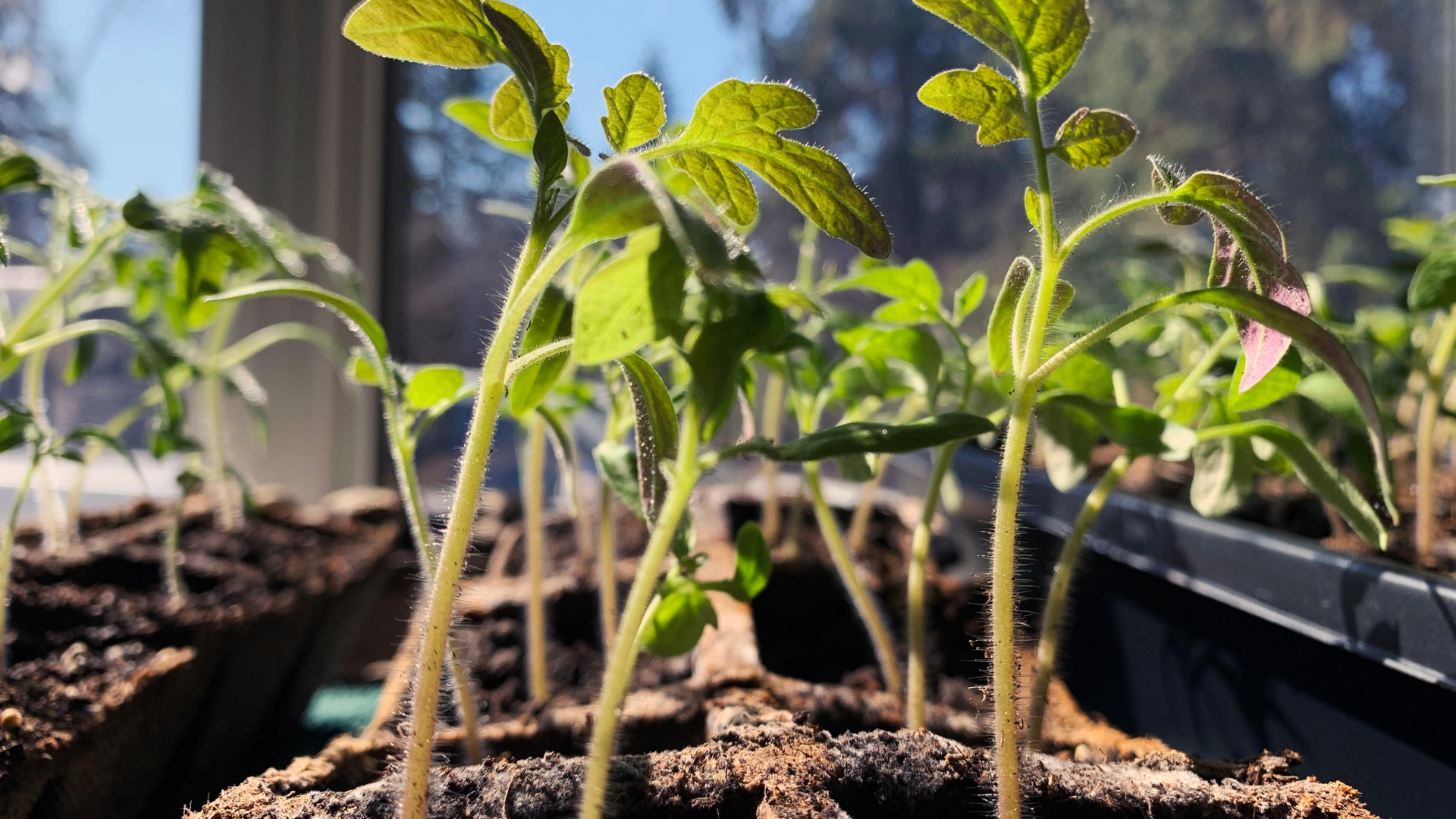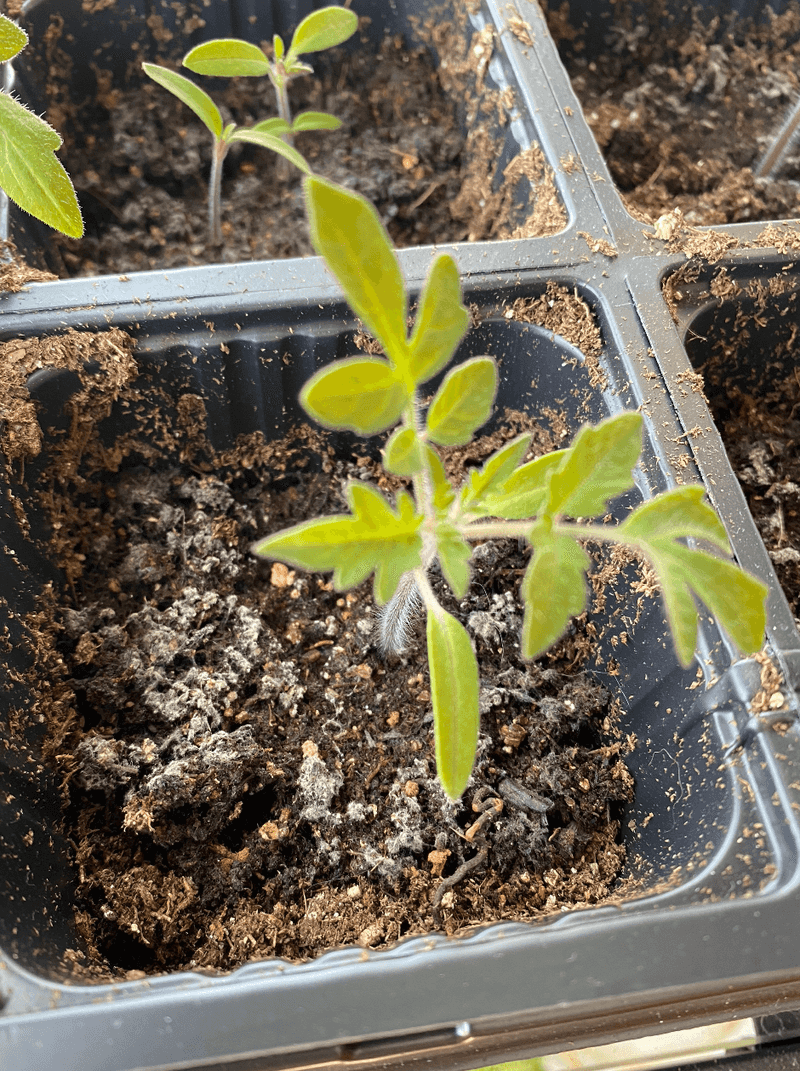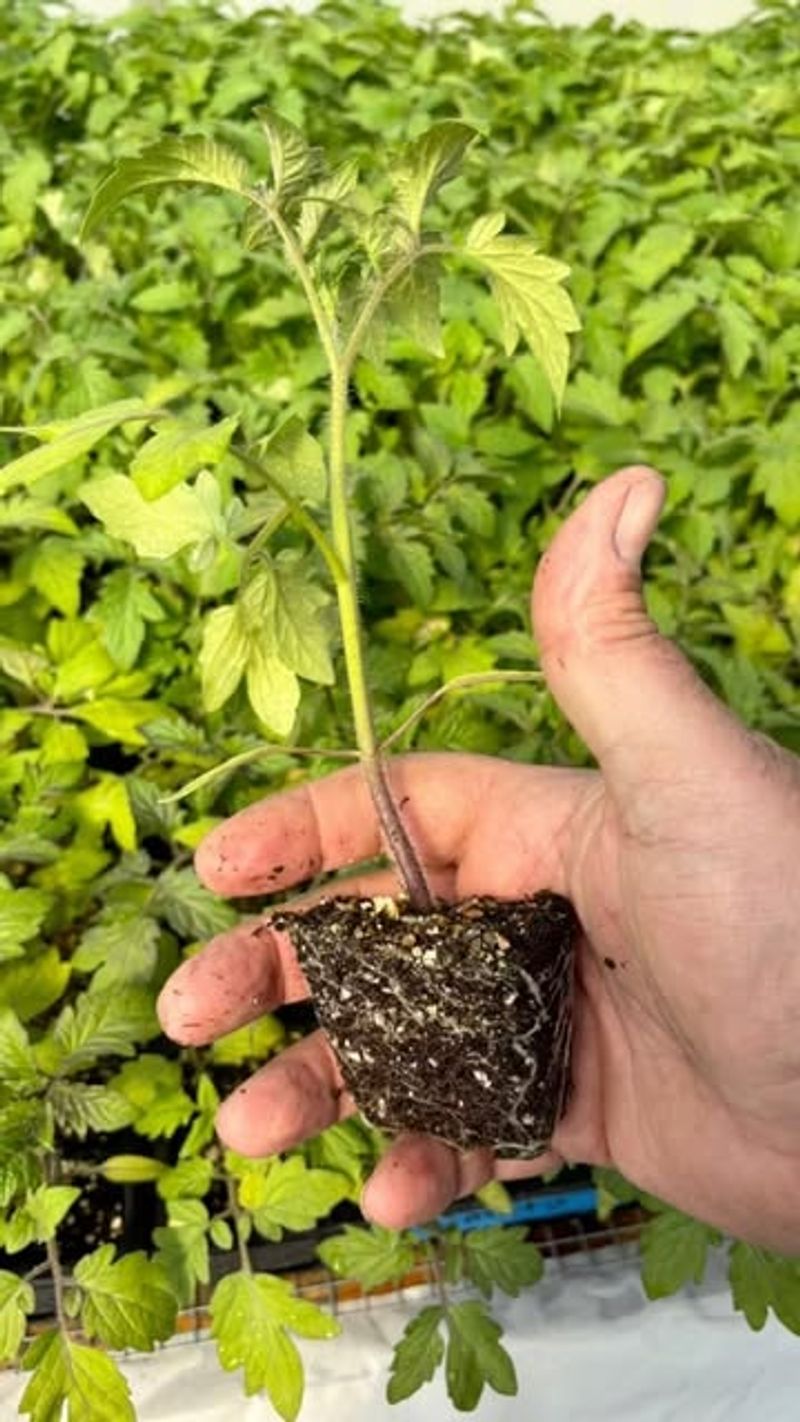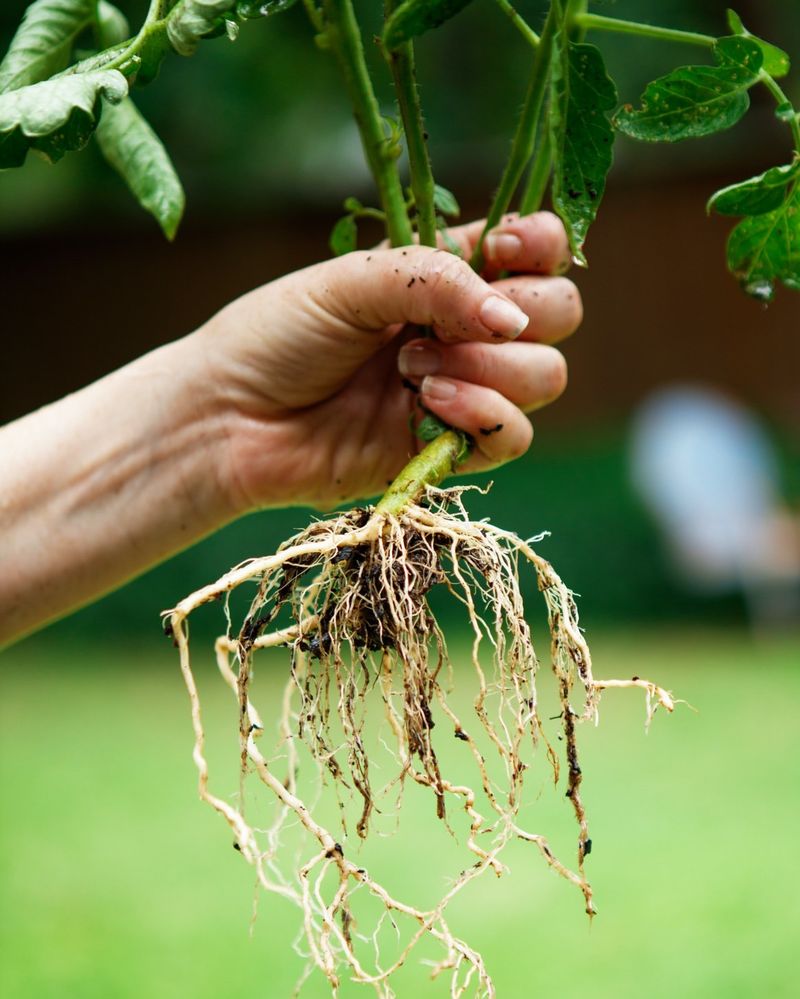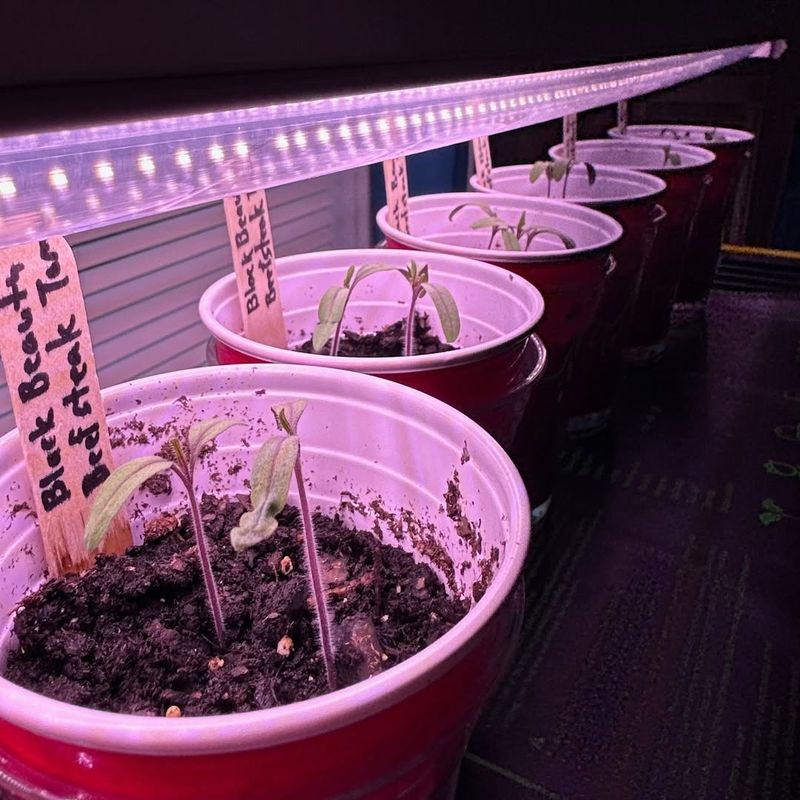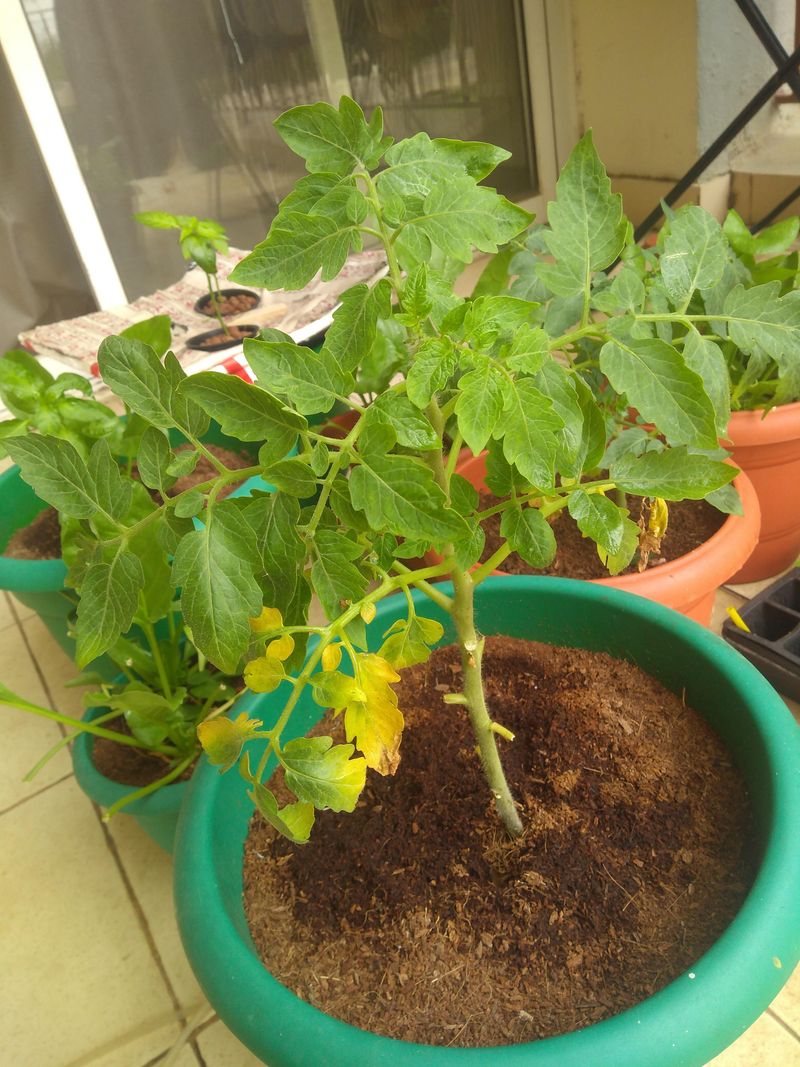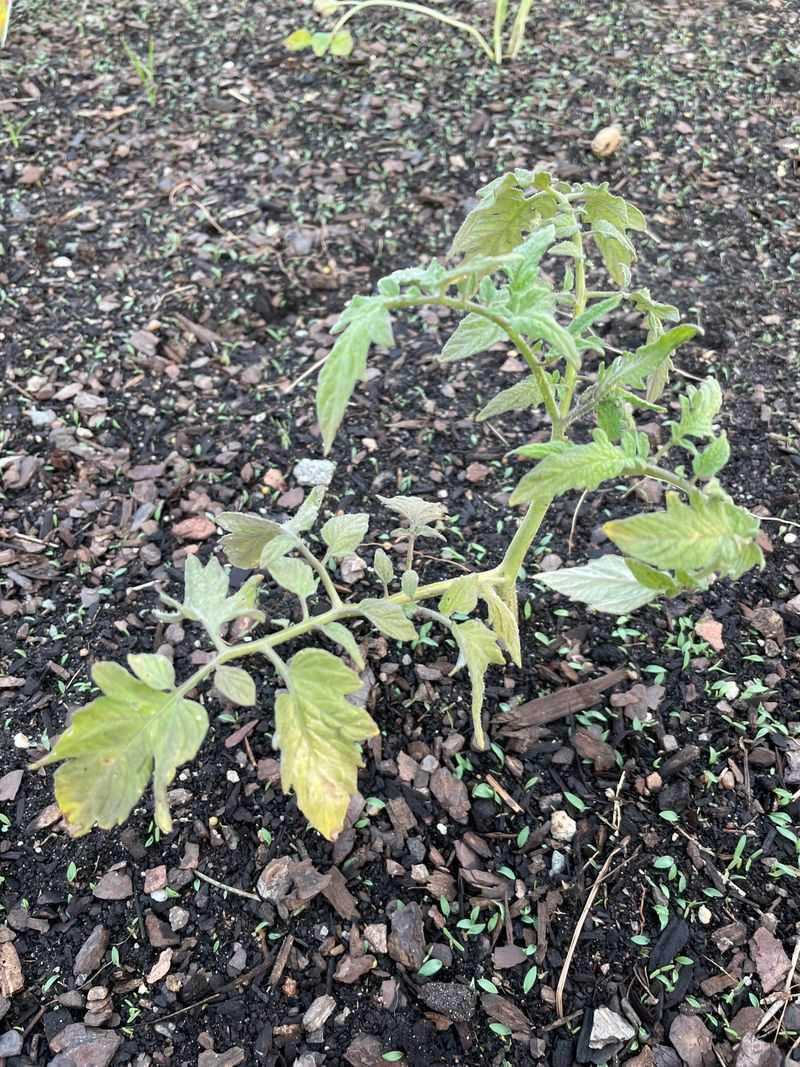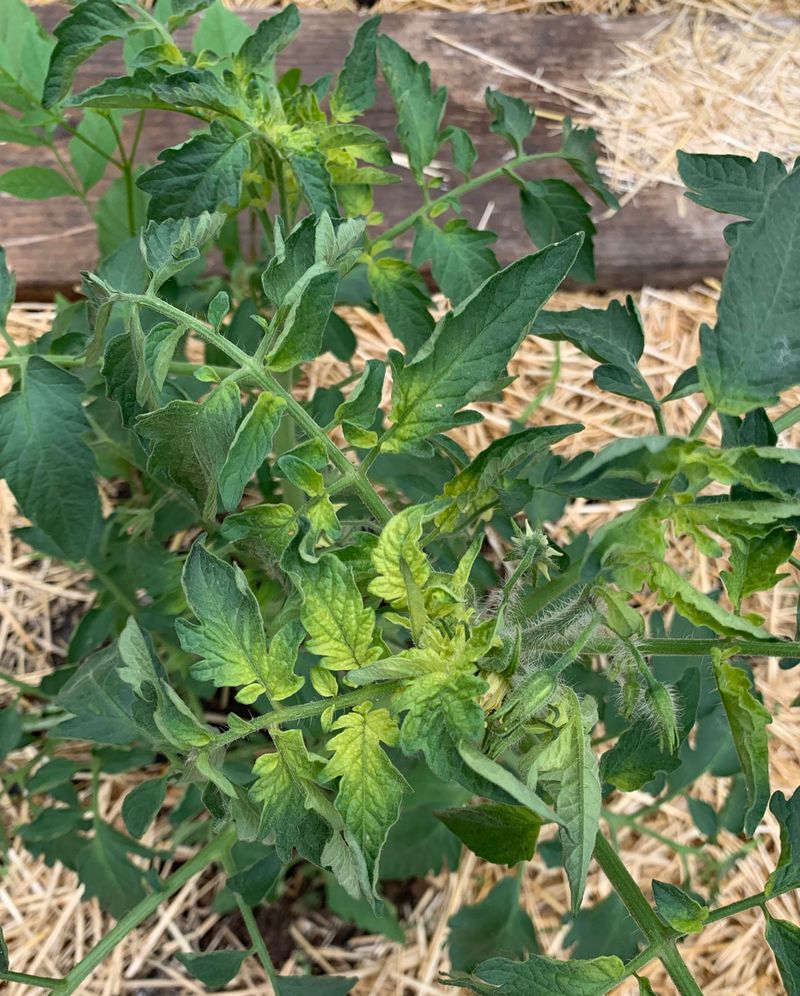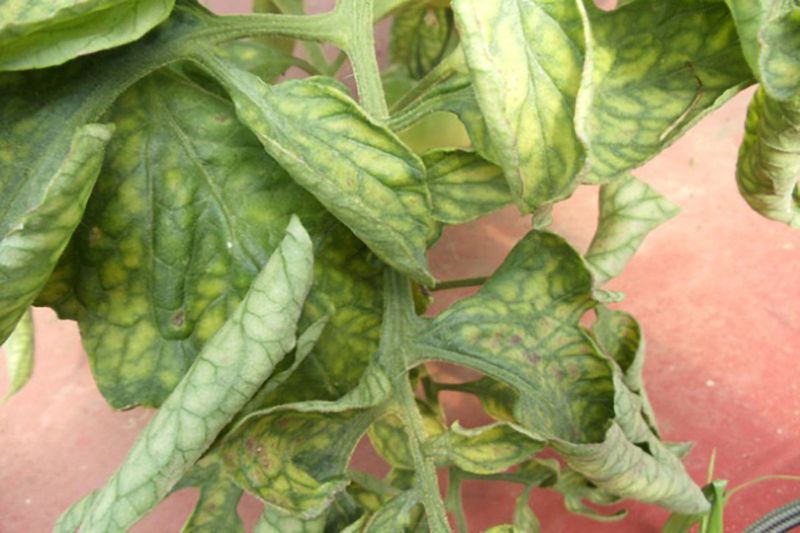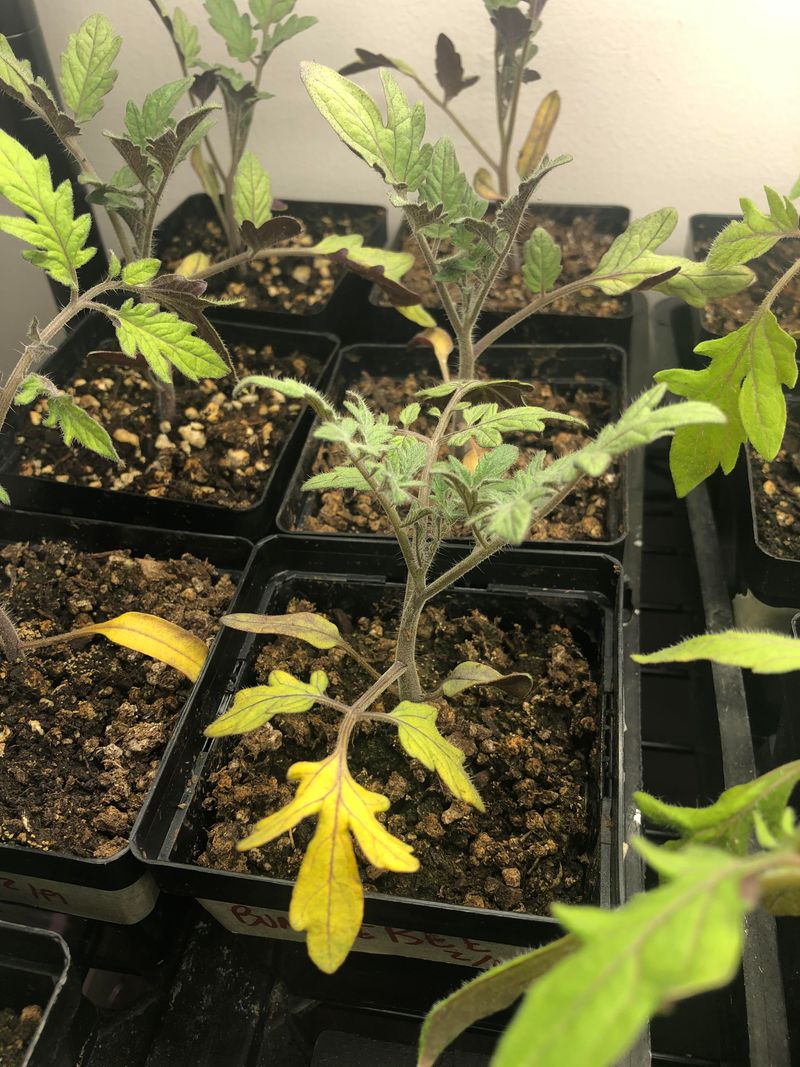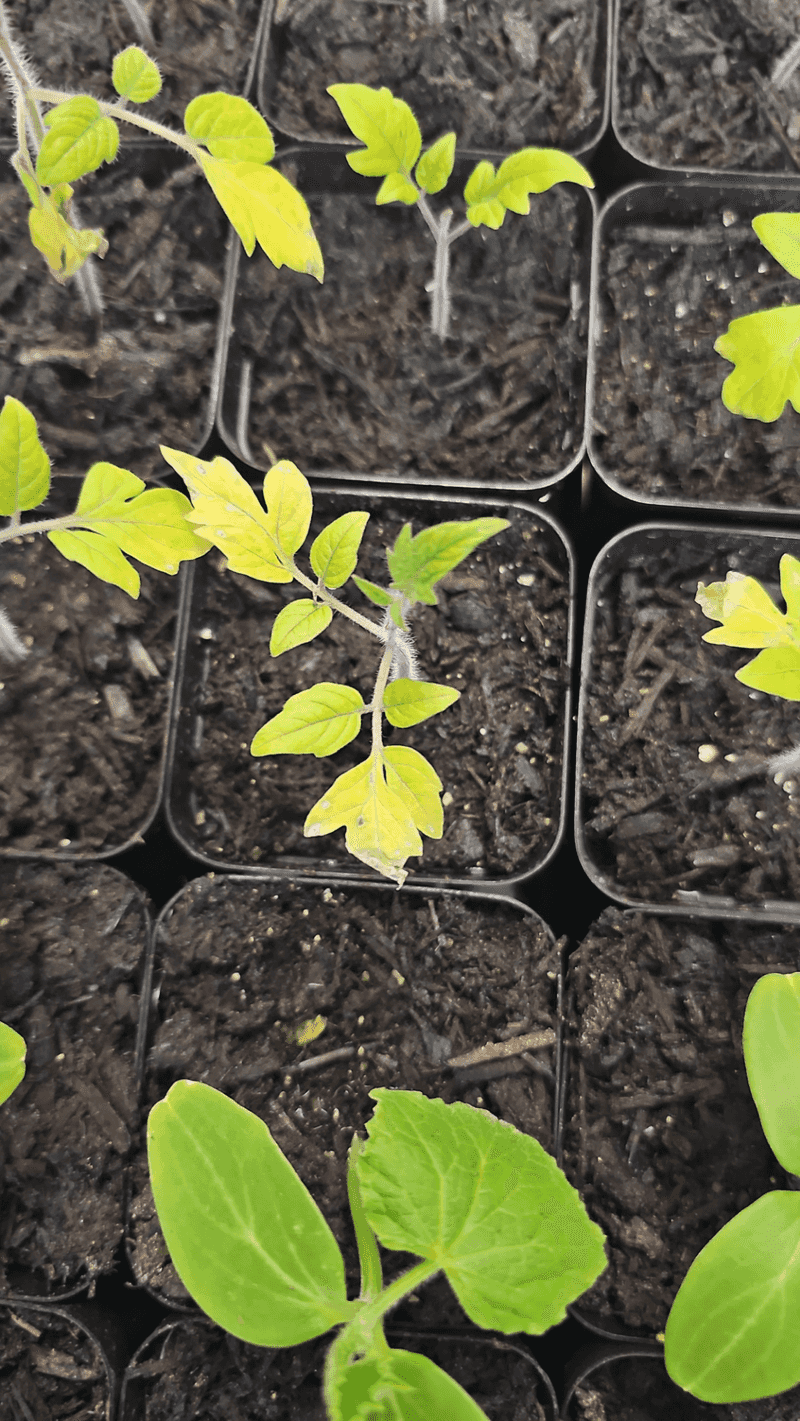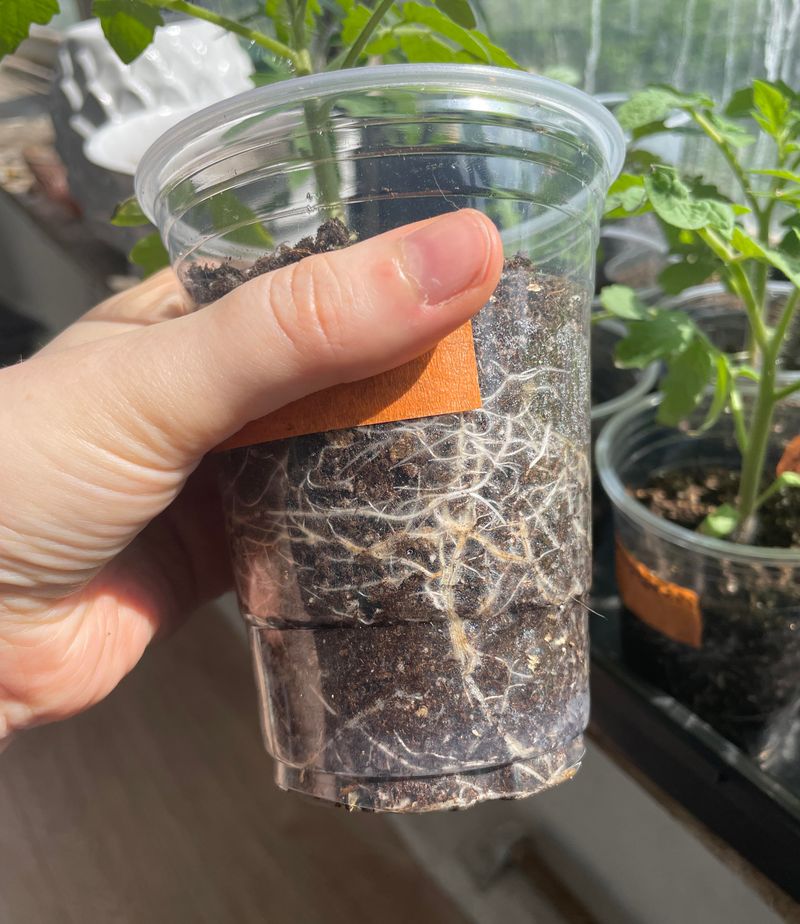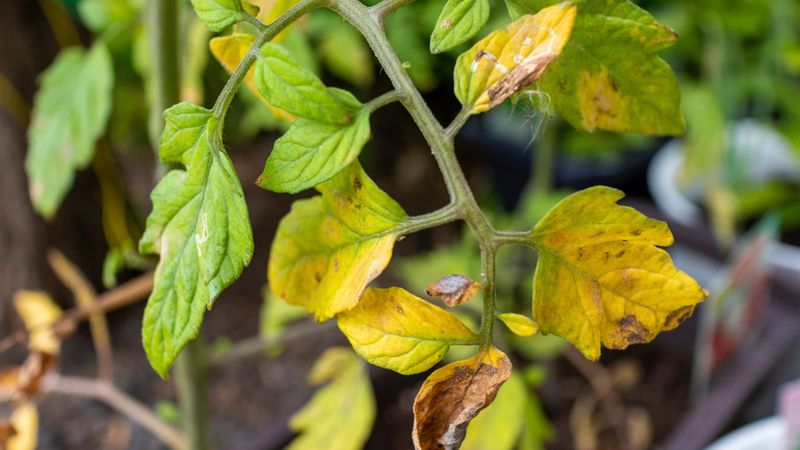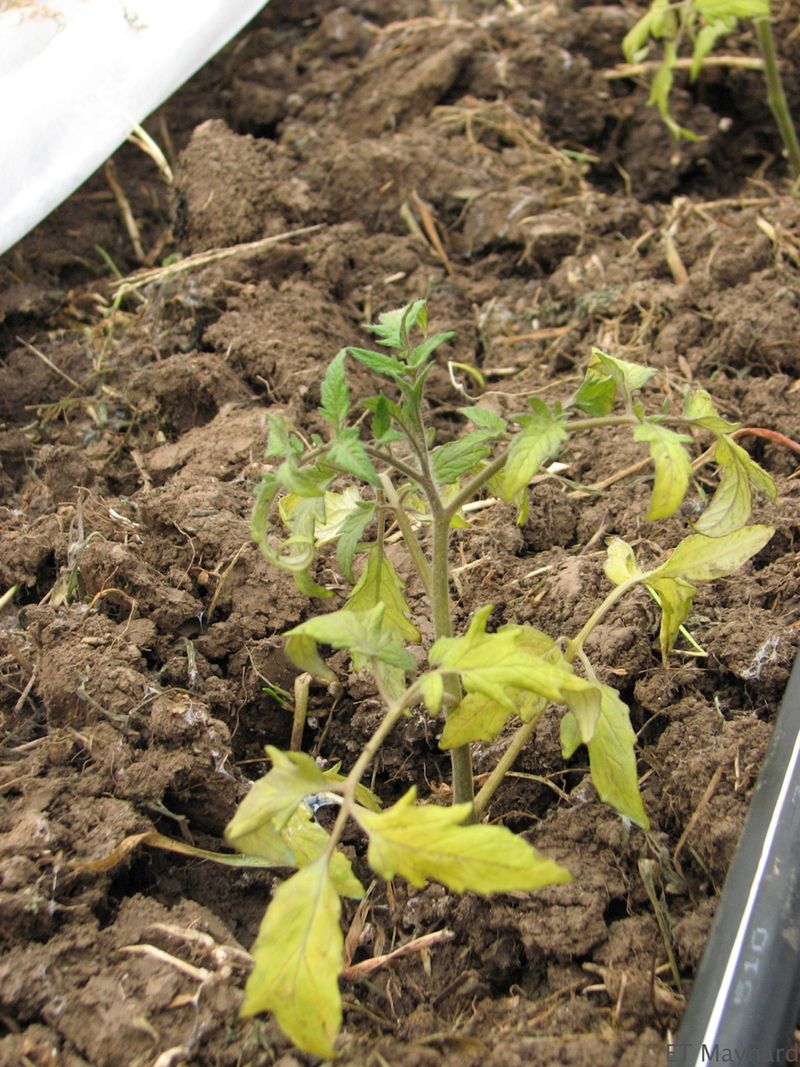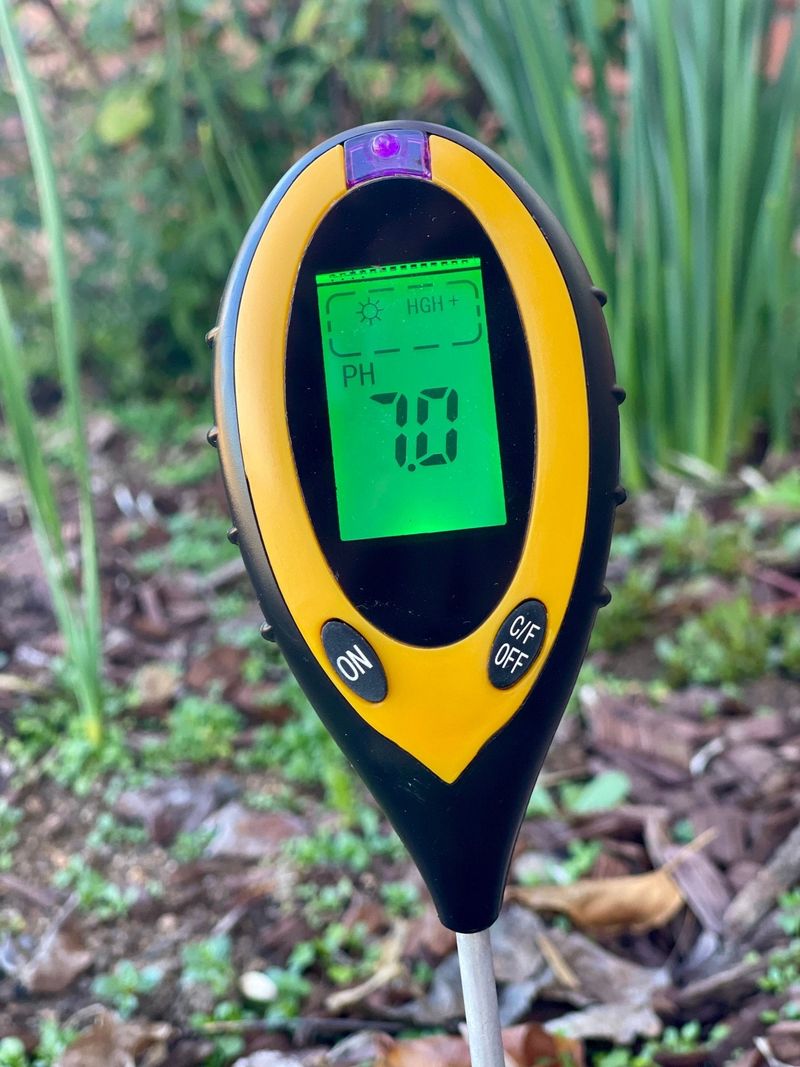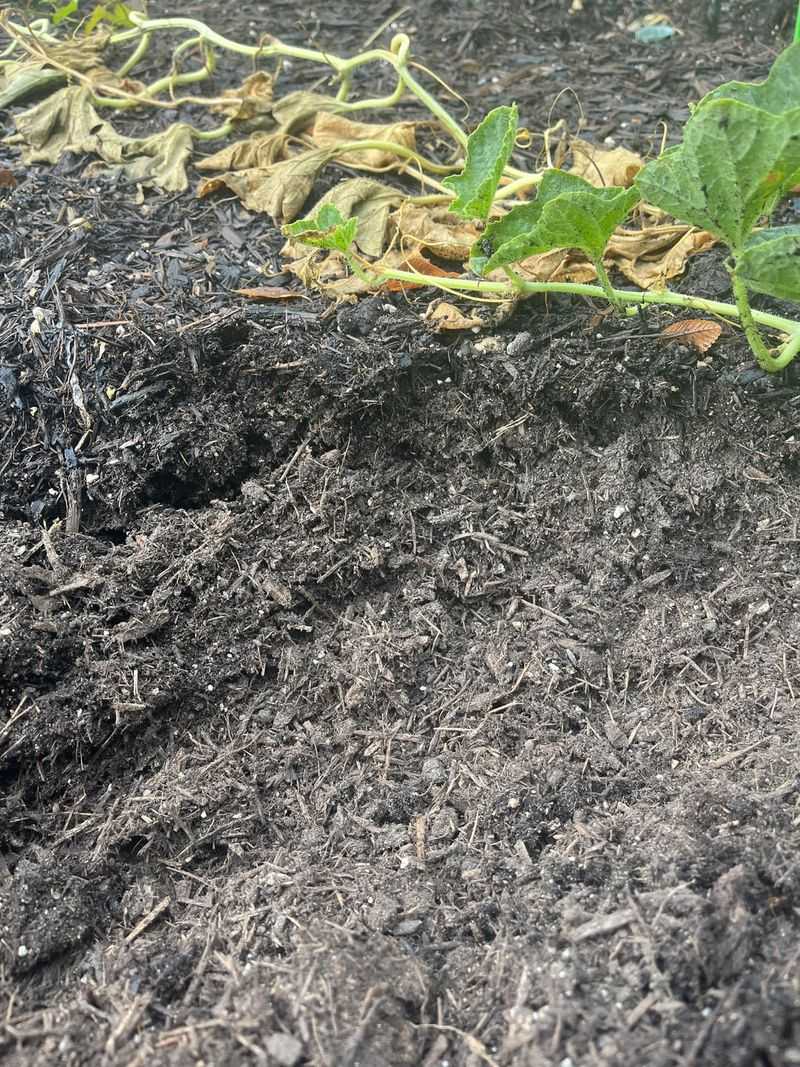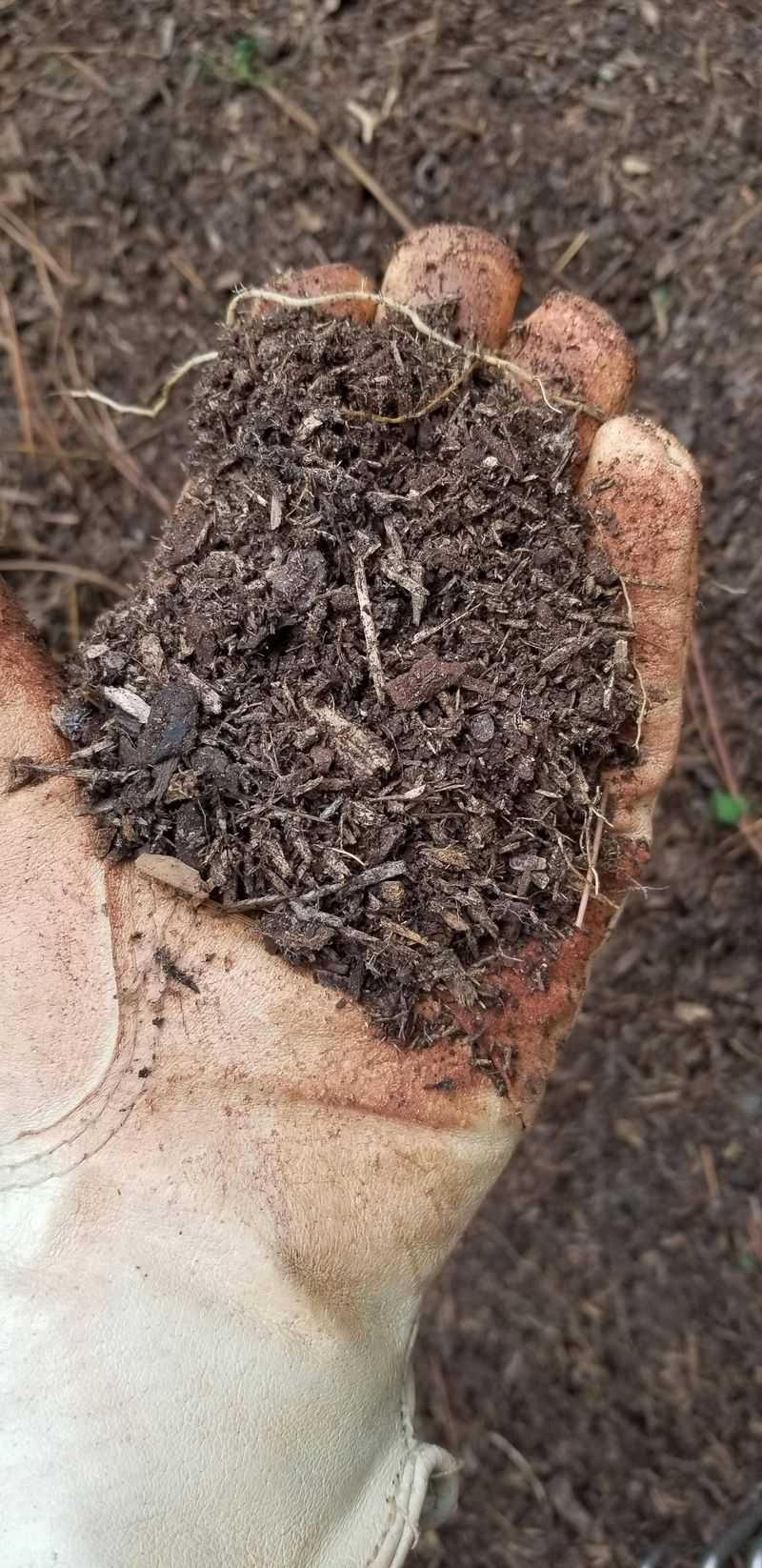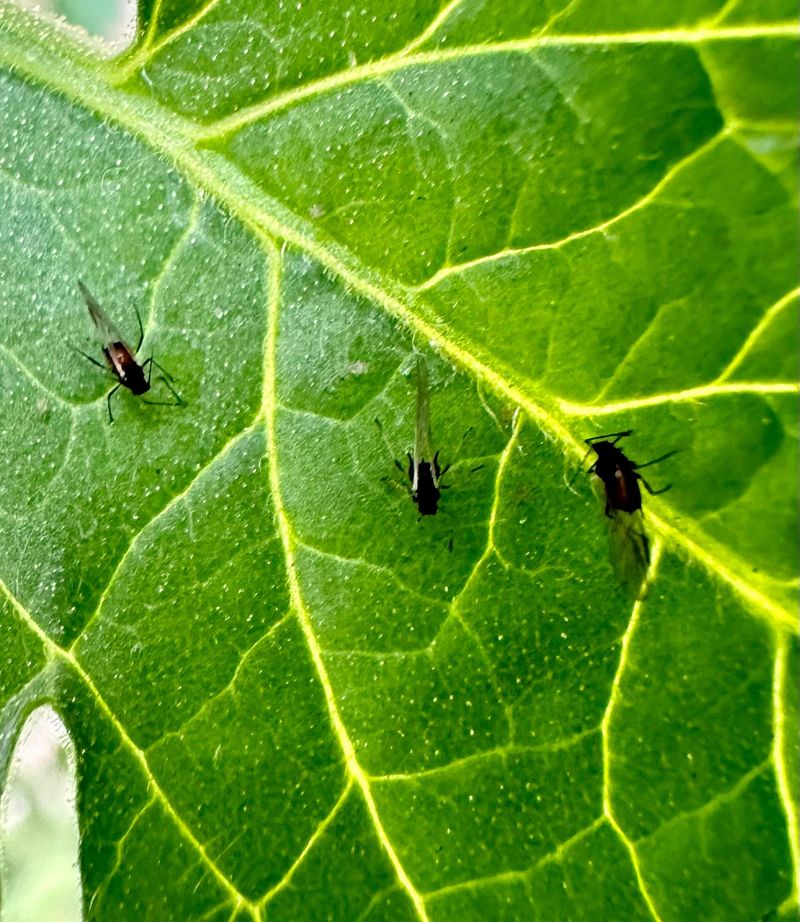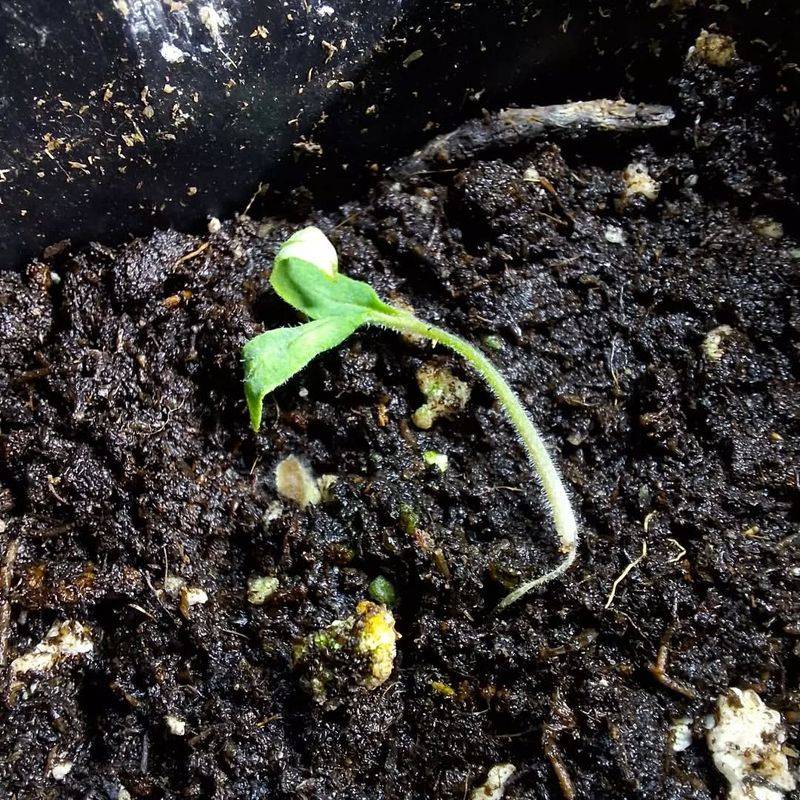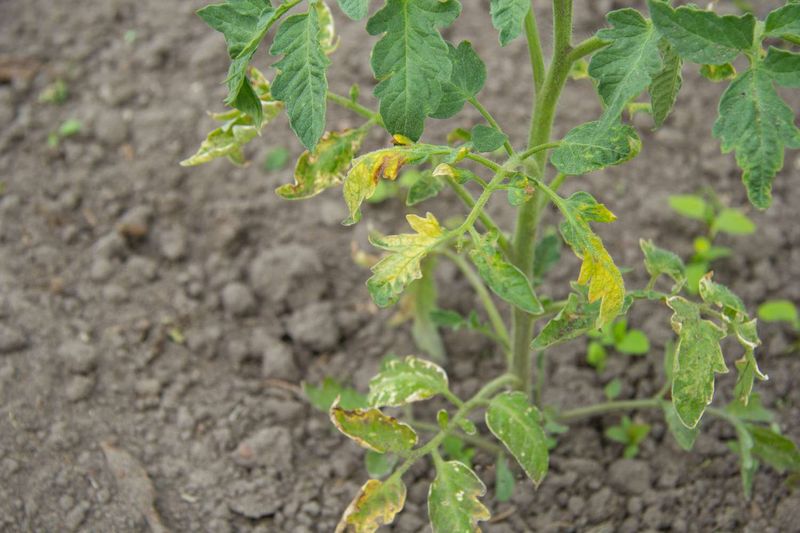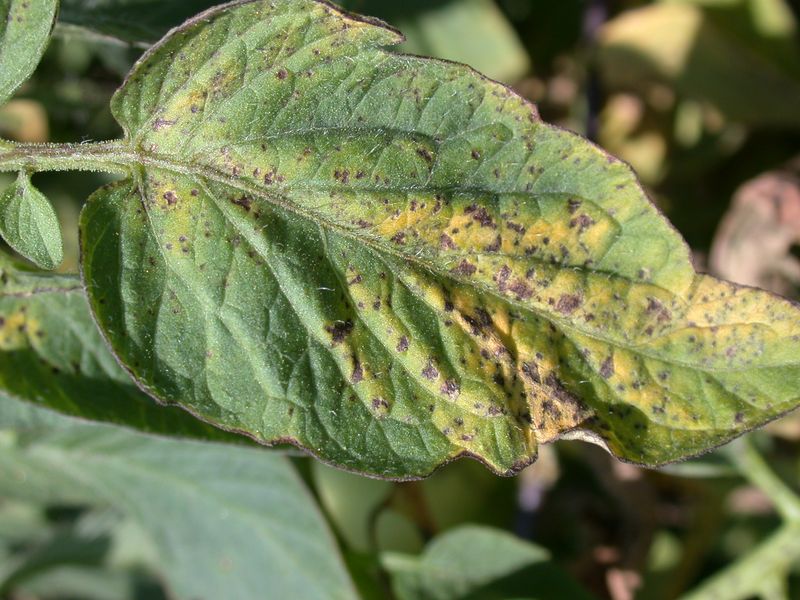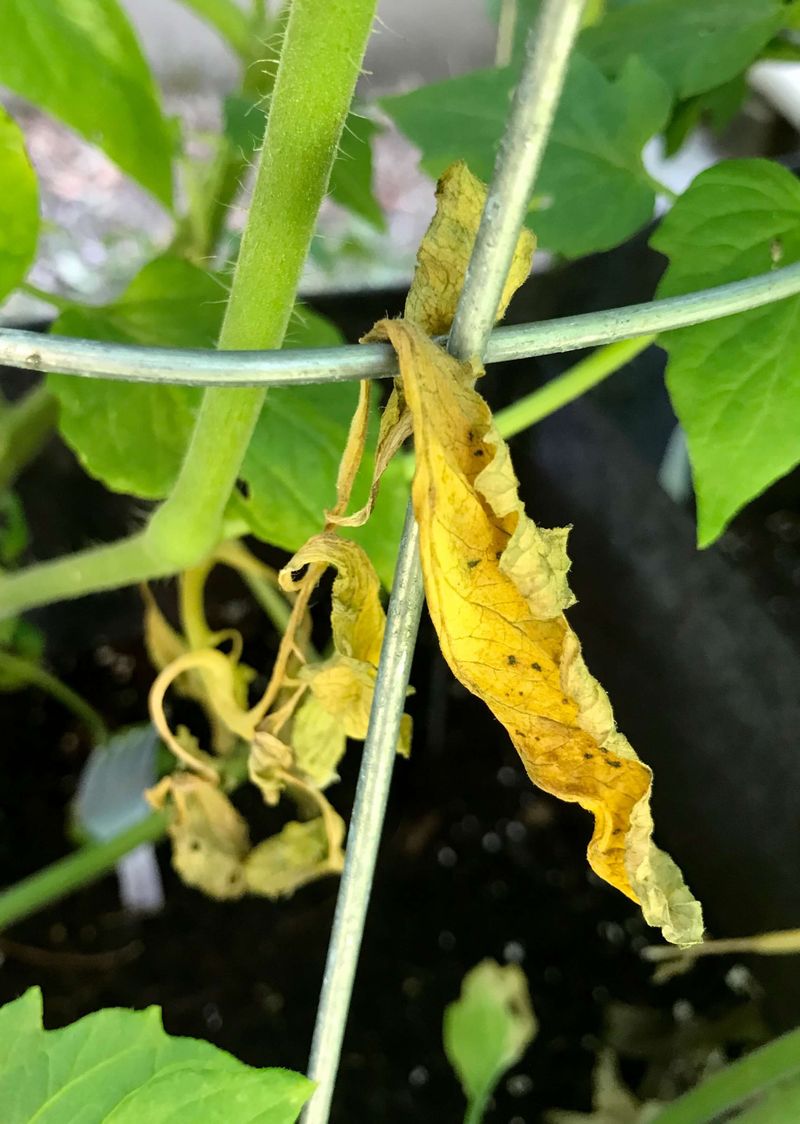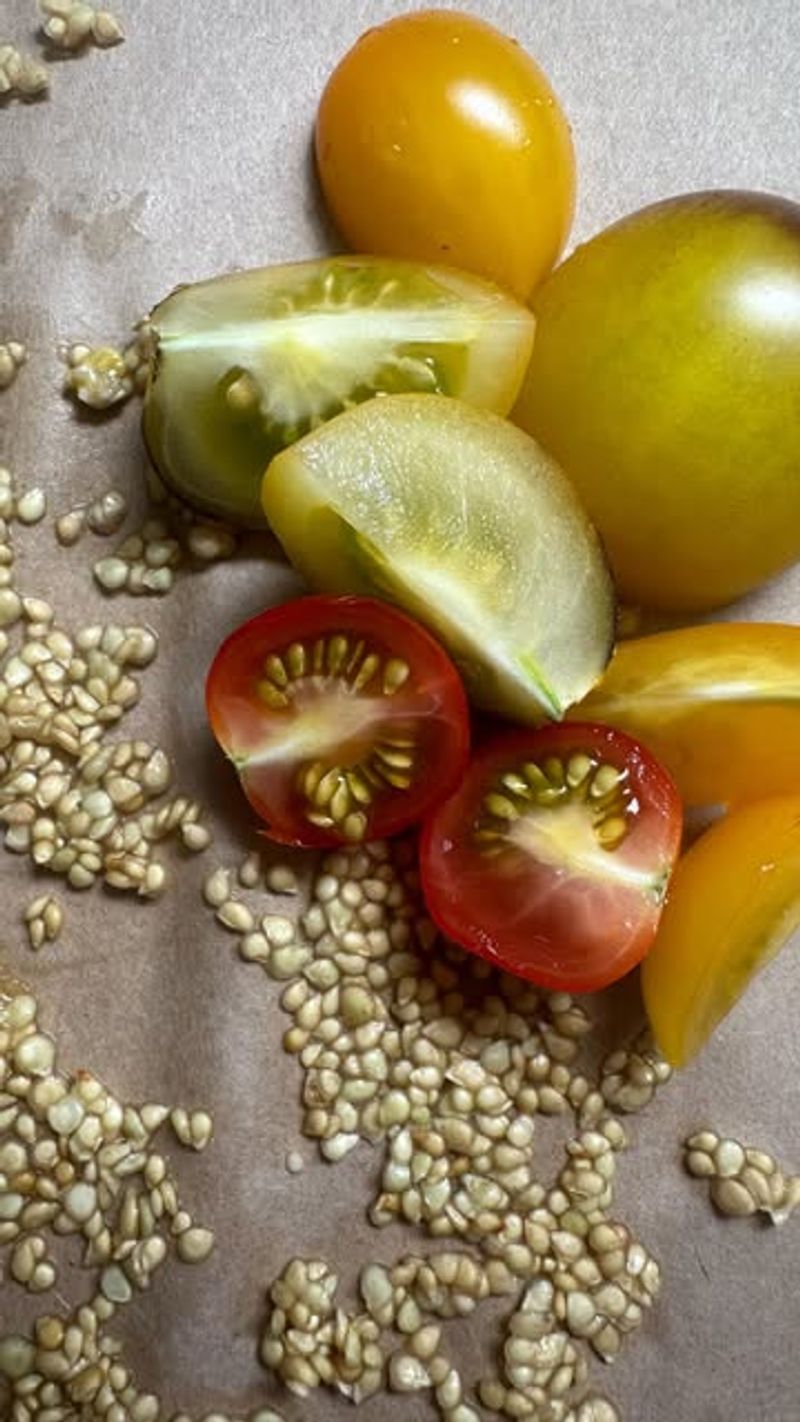Have you ever walked out to your garden only to find your once vibrant tomato seedlings looking a bit under the weather? I’ve been there, and it can be quite disheartening to see those little leaves turning yellow. But don’t worry! We’re going to explore 23 reasons why this might be happening and how to address them.
1. Overwatering
Too much water can suffocate your tomato seedlings’ roots, depriving them of oxygen and turning leaves yellow fast. The soil may feel wet constantly, and the plants start to look droopy rather than perky.
Overwatering is a common mistake, especially when you’re eager to see growth. Let the top inch of soil dry out between waterings and ensure your containers have drainage holes.
Water deeply but less often to encourage strong root development. A moisture meter can be your best friend for finding the sweet spot.
2. Underwatering
On the flip side, underwatering leads to dry, stressed plants that show yellowing from dehydration. Leaves may curl, feel crispy, and drop prematurely.
Seedlings in small trays dry out fast, especially in sunny spots. Check soil daily, and when it’s dry about an inch down, give your plants a thorough drink.
Water slowly until you see it coming from the bottom of the pot. Consistent care helps seedlings stay strong and green.
3. Poor Drainage
If your soil doesn’t drain well, water builds up and suffocates the roots—just like overwatering. You may notice soggy soil even when you’re not watering often.
Tomato roots hate sitting in stagnant water, which can lead to rot and nutrient lockout. Use a light, well-aerated seed-starting mix and containers with proper drainage holes.
Adding perlite or coarse sand can boost drainage instantly. Healthy roots equal happy, vibrant leaves.
4. Lack of Sunlight
Tomato seedlings crave light—without it, they grow leggy, pale, and yellow. Weak light means less energy for chlorophyll production, which causes that faded, unhealthy look.
Place your seedlings in a south-facing window or under grow lights for 12–16 hours a day. Rotate trays every few days to encourage even growth.
If natural light is lacking, LED grow lights are a worthy investment. Give them the glow they need to grow.
5. Nutrient Deficiency
Yellow leaves are often a plant’s way of saying, “I’m hungry!” Without a balanced supply of nutrients, tomato seedlings can’t thrive.
A general yellowing could signal a lack of nitrogen, iron, magnesium, or more. Feed them with a diluted, balanced liquid fertilizer once they develop true leaves.
Don’t overdo it—seedlings need gentle care at this stage. A weekly half-strength feeding gives them the boost they need to stay green and growing.
6. Nitrogen Deficiency
When tomato seedlings lack nitrogen, older leaves start turning pale yellow while new ones remain green. Growth slows, and the plant looks tired and weak.
Nitrogen is essential for leafy development, especially in young plants. Apply a diluted nitrogen-rich fertilizer, like fish emulsion or compost tea, once true leaves emerge.
Start light—too much can burn tender seedlings. A steady feed will bring the green back fast.
7. Iron Deficiency
Iron deficiency shows up as yellowing between the veins of young leaves, while the veins stay green. It’s a common issue in soils with high pH or poor drainage.
To fix it, adjust your watering routine and consider a foliar iron spray for fast results. Chelated iron products can be added directly to the soil if needed.
Make sure your pH is balanced to help iron stay available to the plant. Once iron is back in action, your seedlings will perk up quickly.
8. Magnesium Deficiency
A magnesium deficiency causes older leaves to turn yellow between the veins, often with a marbled look. This can sneak up on you in potting mixes or depleted soils.
Spray the leaves with a diluted Epsom salt solution (1 tablespoon per gallon of water) to give them a magnesium boost.
You can also mix Epsom salts into the soil during watering for a longer-lasting effect. Keep an eye on soil health to prevent repeat issues.
This quick fix can bring leaves back from dull to vibrant.
9. Cold Temperatures
Tomato seedlings don’t like the chill—exposure to temps below 55°F can cause yellowing and stunt growth. You may notice slowed development and purpling along with pale leaves.
Keep seedlings in a warm room or use a heat mat to maintain ideal root temps around 70–75°F.
Avoid placing them on cold windowsills or in drafty areas. Warmth is key to strong, green seedlings ready for transplant.
10. Heat Stress
Too much heat can also cause yellowing, especially if paired with low humidity or dry soil. Seedlings may wilt or show leaf curl along with the yellowing.
Keep them out of direct, hot afternoon sun or overly warm rooms. Ensure consistent watering and increase airflow to cool things down.
If using grow lights, make sure they’re not too close to the plants. The goal is warm, not roasting.
11. Root Bound Seedlings
When seedlings outgrow their containers, roots start circling and crowding—blocking water and nutrients from getting where they’re needed. Yellow leaves and stunted growth are sure signs it’s time to repot.
Gently lift a seedling and check for tightly coiled roots at the bottom. If it’s crowded, transplant it into a larger pot with fresh soil.
Loosen the roots slightly before replanting to encourage outward growth. Give it room, and it’ll get right back on track.
12. Overfertilizing
More isn’t always better—especially with fertilizer. Too much can lead to salt buildup, root burn, and yellowing leaves.
You might see crispy edges or strange blotches along with fading color. Flush the soil with clean water to remove excess salts, then hold off on feeding for a week or two.
Stick with diluted fertilizer once seedlings have true leaves. When it comes to nutrients, think gentle and consistent.
13. Fertilizer Burn
Fertilizer burn happens when the roots absorb too many concentrated nutrients at once. The result? Yellowed leaves, brown tips, and a stressed plant.
This usually occurs from applying undiluted fertilizer or feeding too early. Always wait until your seedlings have at least two sets of true leaves before feeding.
When in doubt, water thoroughly to flush out any excess. A gentler approach keeps seedlings safe and green.
14. pH Imbalance
Soil that’s too acidic or too alkaline can lock up nutrients, even if they’re present. Your plant might look hungry (yellow leaves) even though you’re feeding it right.
Tomatoes prefer a slightly acidic pH around 6.0–6.8. Use a pH meter or test kit to check your soil.
Adjust with lime (to raise pH) or sulfur (to lower it) if needed. Balanced pH keeps those nutrients available and roots absorbing like pros.
15. Compact Soil
If your seed-starting mix becomes dense or compacted, it chokes out oxygen and water flow. That leads to stressed roots and—you guessed it—yellowing leaves.
Break up compacted soil gently and add perlite, coco coir, or vermiculite to improve structure.
Good aeration is just as important as nutrients for seedling success. Think light, fluffy soil that roots can move through easily.
Healthy roots = vibrant greens above the soil.
16. Transplant Shock
Moving seedlings too roughly or too soon can shock their system, leading to yellowing, drooping, or slowed growth. It’s the plant equivalent of moving without warning.
Always transplant with care—handle by the leaves, not the stem, and avoid disturbing the roots too much.
Water gently after transplanting and give them a few days to adjust out of direct sun. A little patience goes a long way.
Within a week, most healthy seedlings will bounce back beautifully.
17. Poor Soil Quality
If your seed-starting mix lacks nutrients or structure, your seedlings will suffer. Cheap or reused soil can compact, dry out quickly, or harbor disease.
Use a high-quality seed-starting mix designed to drain well and support early root growth.
You can enrich it lightly with compost or worm castings for an extra boost. Good soil is your foundation—don’t skimp on it.
Healthy soil equals healthy seedlings from the very beginning.
18. Insect Damage
Tiny pests like aphids, whiteflies, or fungus gnats can sneak in and sap your seedlings of strength. Yellowing leaves and sticky residue are telltale signs of uninvited guests.
Check under leaves and around soil for movement or damage. Treat gently with neem oil, insecticidal soap, or yellow sticky traps if needed.
Healthy seedlings bounce back fast once pests are under control. Keep an eye out—early action keeps bugs from taking over.
19. Fungal Infection
Fungal issues like damping off or leaf spot often show up as yellowing, wilting, or spotting on your seedlings. High humidity, poor airflow, and overwatering are common triggers.
Start with sterile soil and clean containers to avoid problems from the beginning.
Provide good air circulation and avoid watering from overhead. If disease sets in, remove affected seedlings and treat with a natural fungicide.
Fungi spread fast—so stay one step ahead.
20. Bacterial Wilt
Bacterial wilt is a serious infection that causes sudden yellowing and wilting—often starting with one leaf, then spreading quickly. Sadly, there’s no cure once it’s in the plant.
If you suspect it, remove and dispose of the affected seedling immediately to protect the rest.
Avoid overhead watering and sanitize your tools to prevent contamination. Starting with clean seed and fresh soil is your best defense.
Bacterial wilt is a tough one—but awareness can stop it in its tracks.
21. Viral Disease
Viral infections like tomato mosaic virus or cucumber mosaic virus can cause yellow mottling, distorted leaves, and stunted growth. Unlike fungi or pests, viruses can’t be cured—only contained.
If a seedling looks sickly and the pattern of yellowing is strange or patchy, it’s best to remove it completely. Disinfect tools and avoid handling healthy plants after touching the infected one.
Use certified disease-free seeds and avoid reusing old soil. Prevention is the key when it comes to viral threats.
22. Lack of Air Circulation
Poor air flow creates the perfect storm for mold, fungus, and stress—all of which can lead to yellowing. Seedlings need gentle movement to mimic outdoor breezes and strengthen stems.
Keep some space between trays and consider using a small fan on low. This improves air quality, prevents disease, and encourages sturdier growth.
Good circulation keeps things fresh and balanced. Think of it as indoor weather for your baby tomatoes.
23. Old or Weak Seeds
Seeds that are old, poorly stored, or low quality may sprout weak, yellowing seedlings right from the start. These plants often lack the vigor to develop properly.
Always use fresh seeds from reputable sources and store leftovers in a cool, dry place. If you’re unsure about viability, do a germination test before planting.
Starting strong makes all the difference down the line. A healthy seed = a healthy start.

